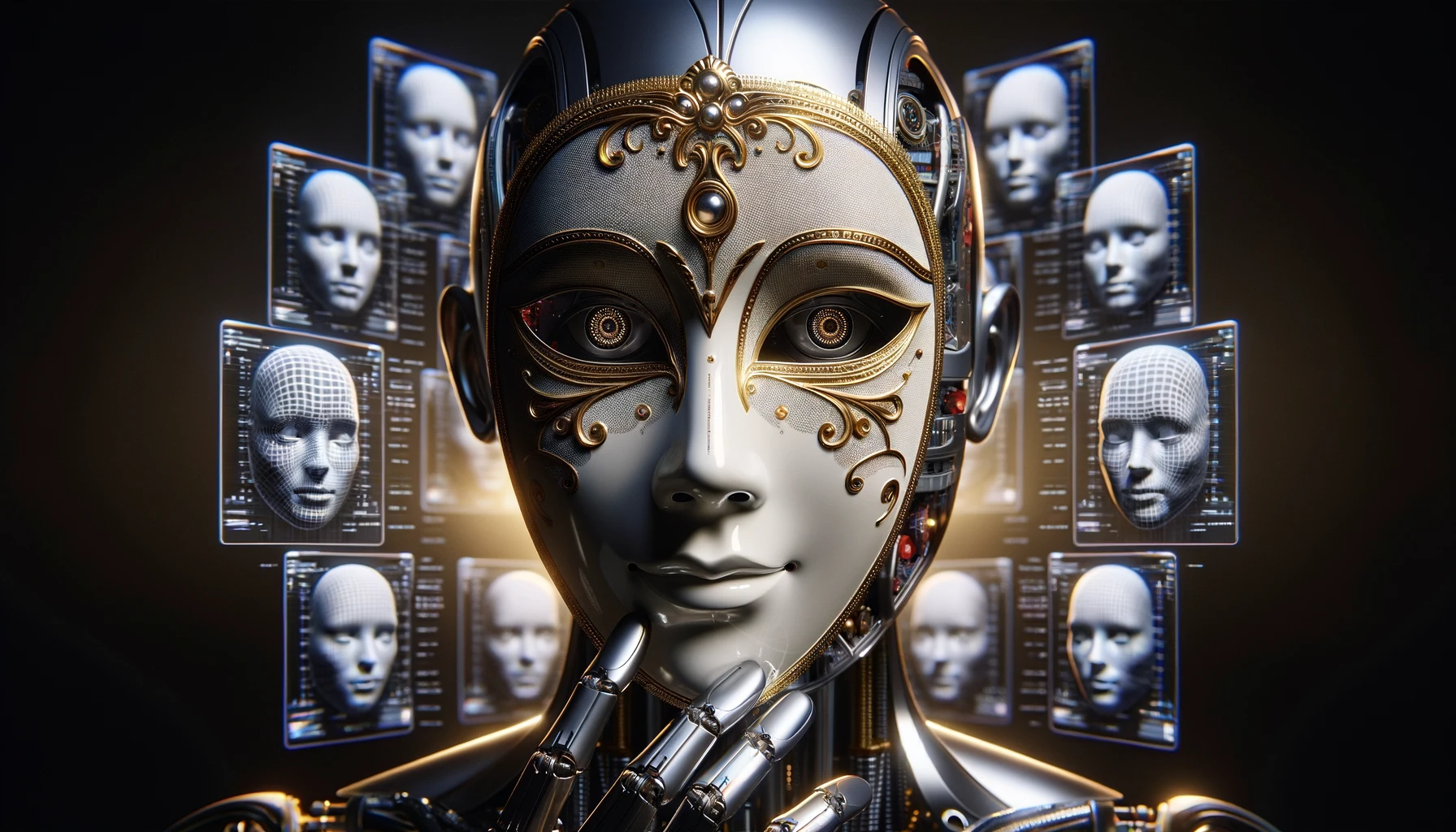In an age where seeing is no longer believing, the emergence of deepfake technology has ushered in an era of hyper-realistic digital content, bringing both awe-inspiring possibilities and ethical conundrums to the fore. This blog post aims to unravel the complexities of deepfake technology for those who may find the world of AI a labyrinth of jargon and technicalities. We will explore the technology’s potential for innovation in media and advertising while addressing the darker implications of its misuse.
Understanding Deepfake Technology
What exactly are deepfakes? At a basic level, deepfakes are hyper-realistic digital manipulations of audio and video content, generated by artificial intelligence, that create a convincing illusion of reality. Imagine a video of a celebrity saying things they’ve never actually said, or a politician making a declaration they’ve never actually made — this is the power and peril of deepfakes.
The process of creating a deepfake involves training an AI algorithm, often a kind of neural network, on a dataset of images and videos to recognize patterns and learn how to replicate them. These AI models can then superimpose new content onto source material, making it appear as though the original subject is doing or saying something new. Simplified infographics might illustrate this process as a combination of data input, machine learning, and content output, painting a clearer picture of the deepfake production line.
Deepfakes in Media and Advertising
In the hands of creative professionals, deepfake technology is nothing short of revolutionary. In media and advertising, it’s being used to create highly personalized content that resonates with audiences on a new level. For instance, a brand could create an advert where a beloved celebrity appears to be speaking directly to a viewer by name, all thanks to deepfake technology.
There have been responsible and constructive uses of deepfakes as well. One notable example is the resurrection of deceased actors in films and commercials, done tastefully and with the consent of their estates. This application demonstrates a fascinating blend of nostalgia and innovation, opening new doors for storytelling.
The Darker Side of Deepfakes
However, the potential misuses of deepfakes are a cause for significant concern. The technology can be exploited to create false narratives, with implications ranging from fake news in politics to fraudulent identity theft. The ability to fabricate seemingly real content can undermine public trust and distort reality, posing significant challenges for individuals, organizations, and societies.
As a part of this educational journey, it’s vital to learn how to identify deepfakes. Telltale signs may include unnatural blinking patterns, inconsistent lighting, or mismatched audio. Yet, as the technology advances, spotting these creations becomes increasingly difficult, necessitating more sophisticated detection tools.
Ethical and Legal Landscape
Navigating the ethical landscape of deepfakes involves grappling with questions of consent, privacy, and truth in content. Lawmakers around the world are beginning to draft legislation to address the creation and distribution of deceptive deepfake content, but the legal framework is still catching up with the pace of technological advancement.
The conversation around deepfake ethics isn’t just about preventing harm — it also encompasses the right to creativity and expression. It’s about balancing innovation with integrity, ensuring that AI serves the public good while safeguarding individual rights.
Preventing Misuse
So, how can we prevent the misuse of deepfakes? The answer lies in a combination of vigilant authentication practices, public education, and robust legal measures. For businesses and individuals, using watermarking technology and supporting content verification initiatives are starting points in establishing content authenticity. For creators, maintaining transparency about the use of AI in content production helps retain trust and credibility.
The development of AI detection software is also gaining traction. These programs analyze content for signs of manipulation that may not be visible to the human eye, offering a line of defense against deceptive practices.
Navigating the Future of Deepfakes
Deepfake technology represents a paradox in the digital age — a powerful tool for creative expression that also poses significant risks if misused. As we continue to explore and advocate for the responsible use of deepfakes in media and advertising, our journey becomes more crucial. We are committed to guiding this technology toward a future where innovation is balanced with integrity, ensuring that creativity flourishes and truth remains sacred.
Stay updated with our blog as we delve deeper into how deepfakes can be used ethically in media and advertising. Your participation is crucial in shaping this discourse. If you have insights, experiences, or questions about deepfake technology, its applications, or its broader implications, please share them in the comments below. Your input will enrich our discussions and help us collectively navigate the complexities of this evolving technology. For more detailed inquiries or to join the conversation at a deeper level, contact us for further dialogue. Together, let’s ensure the future of digital content remains bright and truthful!

